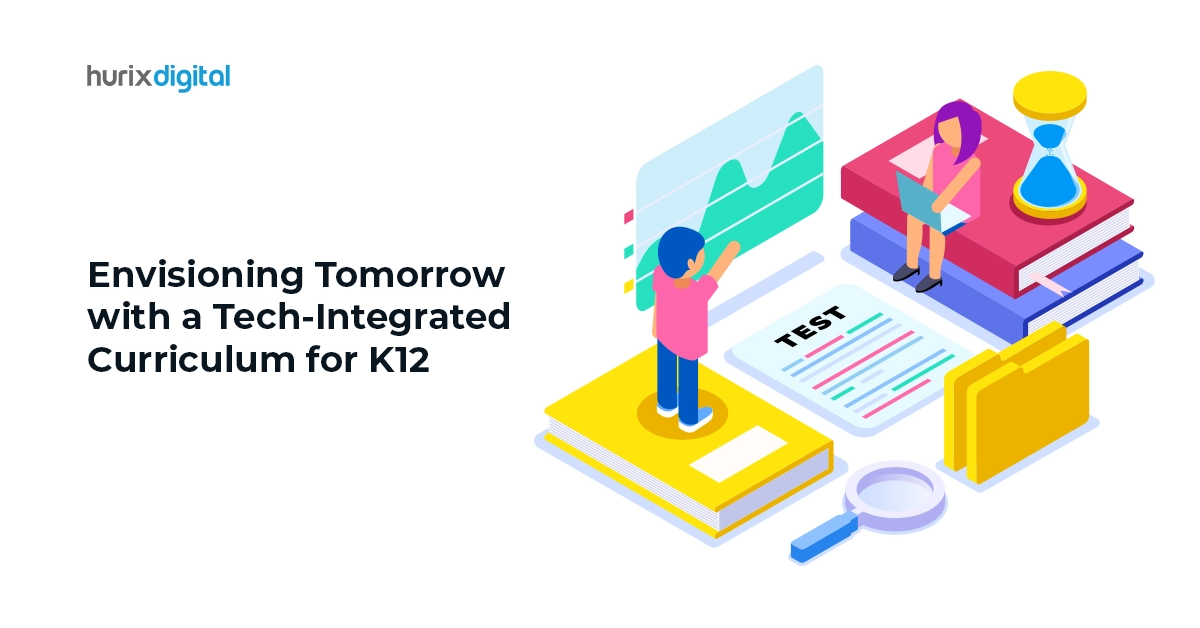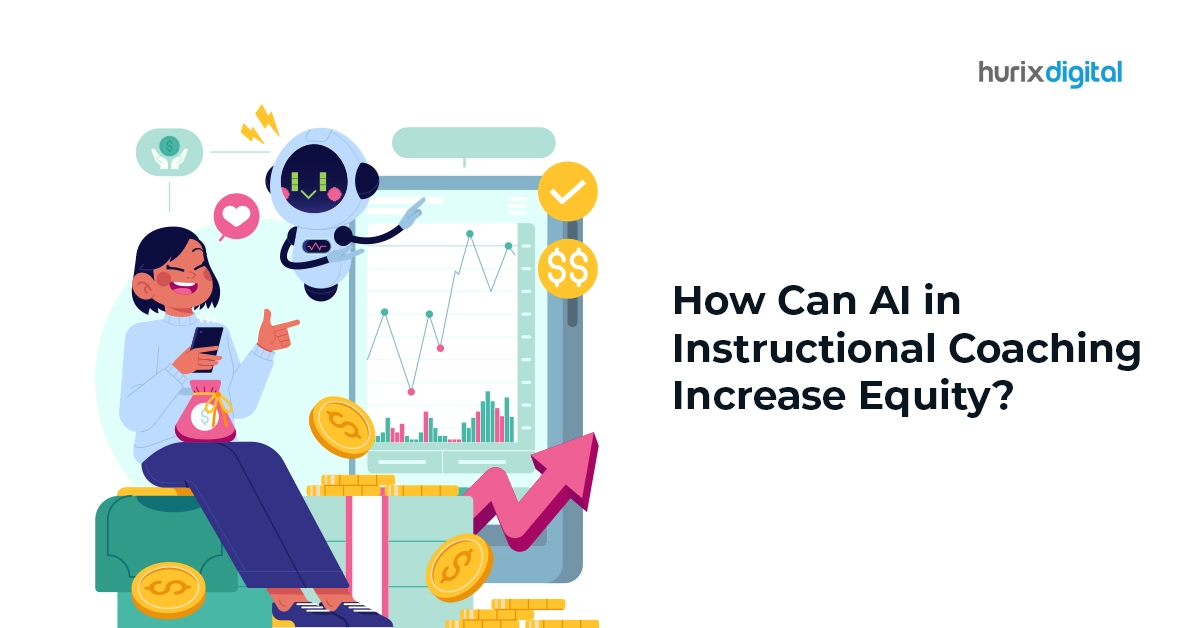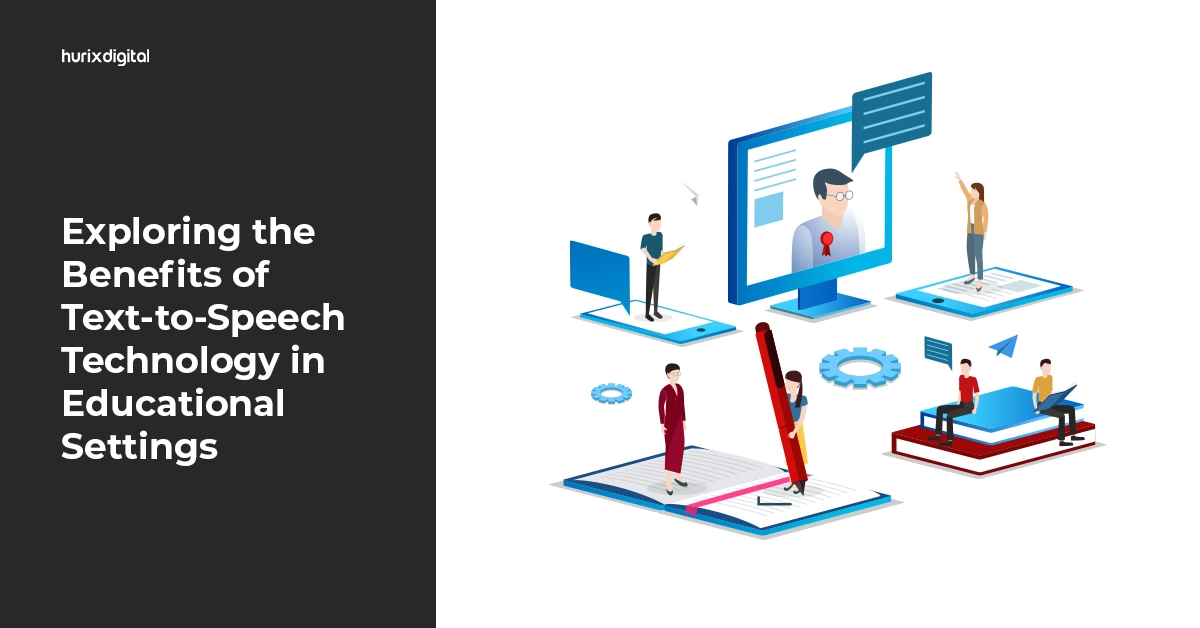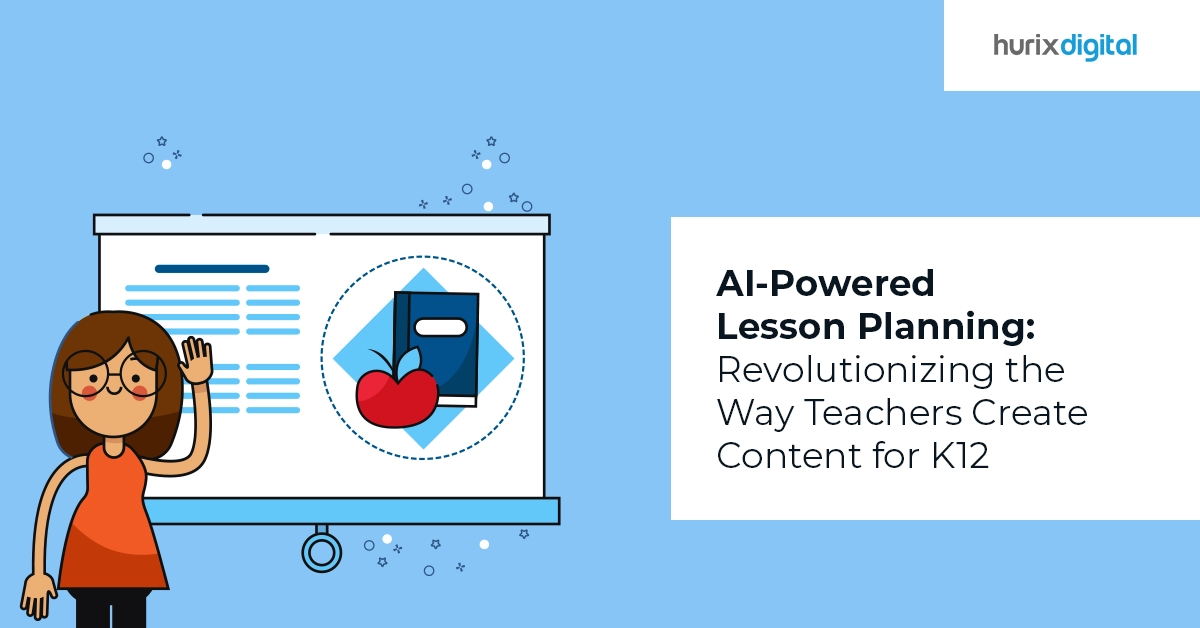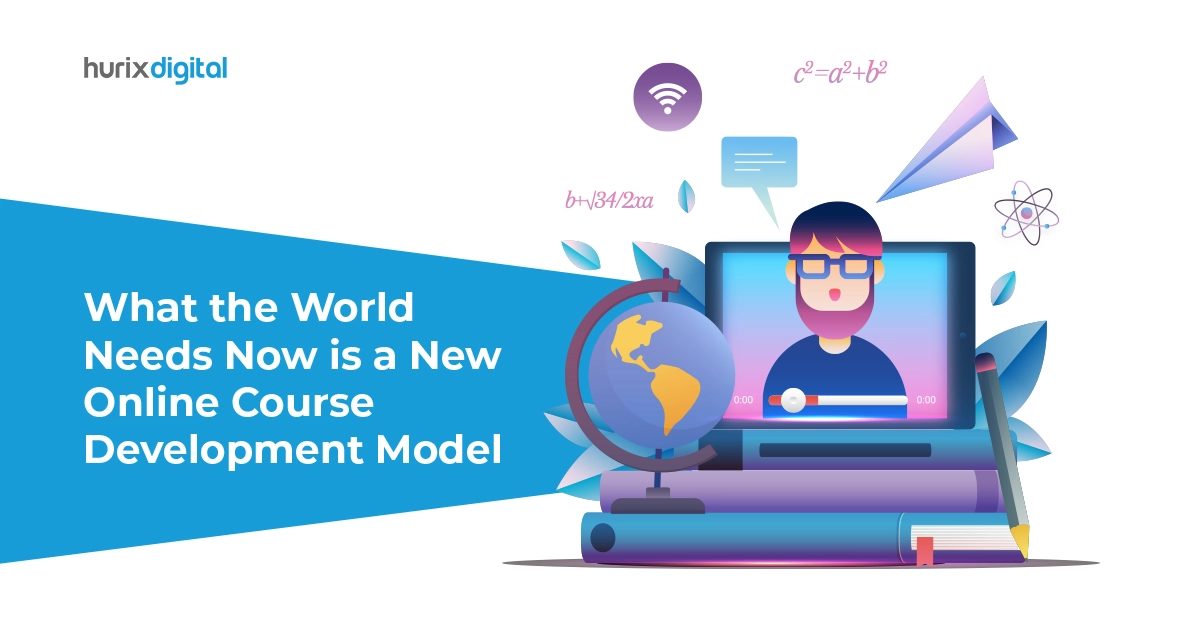
What the World Needs Now is a New Online Course Development Model
Modern technology has revolutionized the educational sector. Marked by an increasing shift from traditional learning methods to eLearning models, the online educational sector has been witnessing rapid growth. According to a market report, the global eLearning market is set to reach $848.12 billion by 2030, expanding at a CAGR of 17.54%. It indicates that the need for eLearning courses is on the rise. This is where online course development steps into the picture.
When it comes to curriculum design for online courses, most educational institutions follow two distinct course development models. Both are practical approaches to making online courses available to students.
So, what are these models, and given the rapidly evolving educational sector, is there a need for a new model? This blog provides insights into the two virtual course creation models and analyses the need for a new model.
Table of Contents:
- Online Course Development Models: An Introduction
- Central Design Model for Online Course Development
- Decentralized eLearning Model for Online Course Development
- Need for a New Online Course Development Model
- Conclusion
Online Course Development Models: An Introduction
Online course development refers to a systematic process of planning, designing, organizing, and sequencing course content to deliver effective eLearning experiences over the Internet. It also involves selecting suitable educational technology, developing multimedia elements for student engagement, and creating assessments for reviewing student performance.
Educational institutions use the course development model to design and implement an eLearning course and achieve the desired learning outcomes.
As mentioned above, there are two popular approaches followed for eLearning course development. They are:
- Central Design Model
- Decentralized Model
Both approaches have advantages and challenges. Let’s take a look at them.
Also Read: eLearning Platforms for Medical Training: Enhancing Access to Education
Central Design Model for Online Course Development
The central design model for course development involves creating a single course that is followed by several online educational institutions that offer remote or distance learning solutions. This eLearning model has been in use for more than twenty years now.
The design structure involves creating a course shell by an efficient team. Such a team often includes an instructional designer, a subject matter expert, a course builder, a copy editor, a media designer, and a few other experts.
Advantages of Central Design eLearning Model
There are multiple advantages offered by this course development model. Some of the major advantages include the following:
1. Scalability
The central design model allows educational institutions to scale based on their requirements. It’s an innovative curriculum design feature that helps institutions adapt and expand the course or make changes seamlessly in the future.
2. Enhanced Learning Experiences
This model attaches much importance to instructional quality. A common feature of this model is to map the course content and assignments to learning outcomes. It makes use of various learning strategies, such as cognitive primers, authentic assessments, etc., to deliver enhanced learning experiences.
3. Engaging Media Modules
Media plays a crucial role in a central design model. It facilitates the creation of custom media pieces using various kinds of authoring tools, such as scenario-based interactives, animation, talking heads, etc. It’s one of those digital education trends that engages students and encourages them to participate actively in the course.
Challenges of Central Design eLearning Model
The course development time can often extend to 3 or 4 months, based on the length of the course. What’s more, the development time required for a short-term course of around 6 to 8 weeks and an extended course of around 6 months may vary by just a few weeks.
Decentralized eLearning Model for Online Course Development
Traditional educational institutions that have started developing their versions of online courses often prefer the decentralized model. As the name indicates, it involves each educational institution designing distinct courses rather than following a single centralized course.
In this course development model, the professor or teacher plays a significant role. The design structure is tailored to meet the distinct interests and requirements of learners.
Compared to the centralized model, the curriculum innovation offered by this model allows for more flexibility in determining the course content, goals, and assessments.
Advantages of the Decentralized eLearning Model
The decentralized model comes with its own set of advantages. Among the top advantages are the following:
1. Unique Courses
This model allows teachers or professors to design courses that match their research areas. Each course reflects the personality of the teacher or professor who developed it, offering students a varied range of options when selecting an online course.
2. Diverse Teaching Styles and Strategies
This decentralized model enables each teacher to bring along his or her unique teaching style. So, students opting for decentralized courses can be exposed to different teaching approaches.
3. Media Support
For this eLearning model, the course instructors or faculty often create video lectures spanning several hours to disperse learning materials. They even leverage online videos or library content to help students understand their course content.
Challenges of the Decentralized eLearning Model
One of the biggest challenges of this model is that the courses may differ in quality as different individuals prepare them. Further, in this model, one course is used by one teacher or professor. It poses a huge problem for an institution that has limited resources and budget for online course development.
Another challenge is that the course instructors often rely on creating videos to deliver content to the students. Long video lectures can fail to engage students, and they may lose interest in their lessons.
Need for a New Online Course Development Model
Both central design and decentralized course development models offer distinct advantages and challenges. The central design model attaches a lot of significance to the systematic planning and designing of a course. In contrast, the decentralized model prioritizes the needs and interests of learners.
As technology continues to evolve, the need today is to develop online courses that can address the specific learning needs of a student. At the same time, this need should be addressed through a high-quality course planned and developed by a team of experts handling specific aspects of course development.
This gives rise to the need for a new online course development model that can incorporate the plus points of both these approaches. It should also eliminate or minimize the challenges extended by these models. Such a hybrid course development model will help students to reap the advantages of both models and enhance their learning outcomes.
Also Read: The Role of Curriculum Specialists in K12 Education: Responsibilities and Impact
To Wrap
Thanks to the advent of technology and the rising popularity of virtual education trends, online course development has become a part of the modern education system. However, to keep up with the evolving educational landscape, one needs to opt for a new course development model that can offer the advantages of both centralized and decentralized models.
Are you thinking of creating a new course development model that can address all these requirements? You can partner with Hurix Digital to address your courseware development needs. At the forefront of creating custom solutions for digital education, Hurix Digital can give shape to your course development needs.
Contact us today for further information!

Senior Vice President
A Business Development professional with >20 years of experience with strong capability to sell new solutions and develop new markets from scratch. New Market Entry Specialist with experience of working in two of the largest emerging markets – China & India. Also covered other key markets in APAC, US, EU & ME. Exceptional experience of conceptualizing, ideating and selling new learning technologies like VR AR, etc. across multiple industry verticals.





